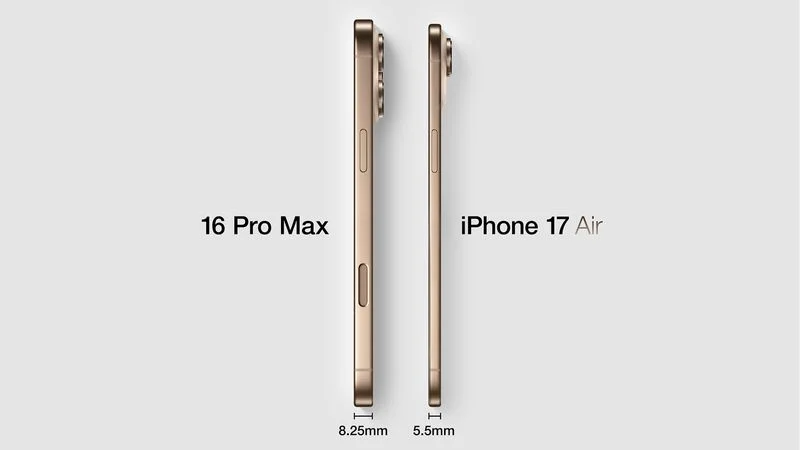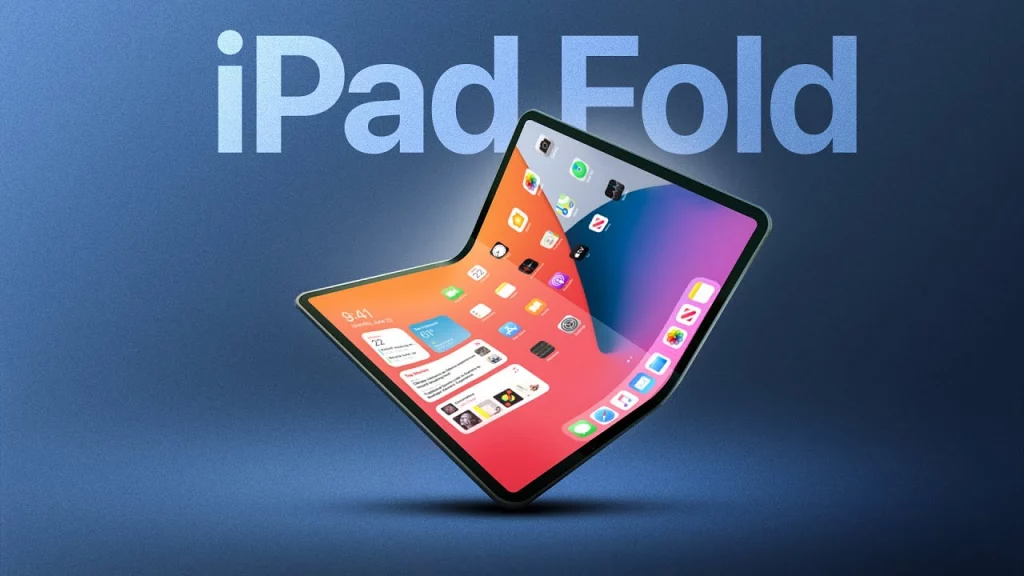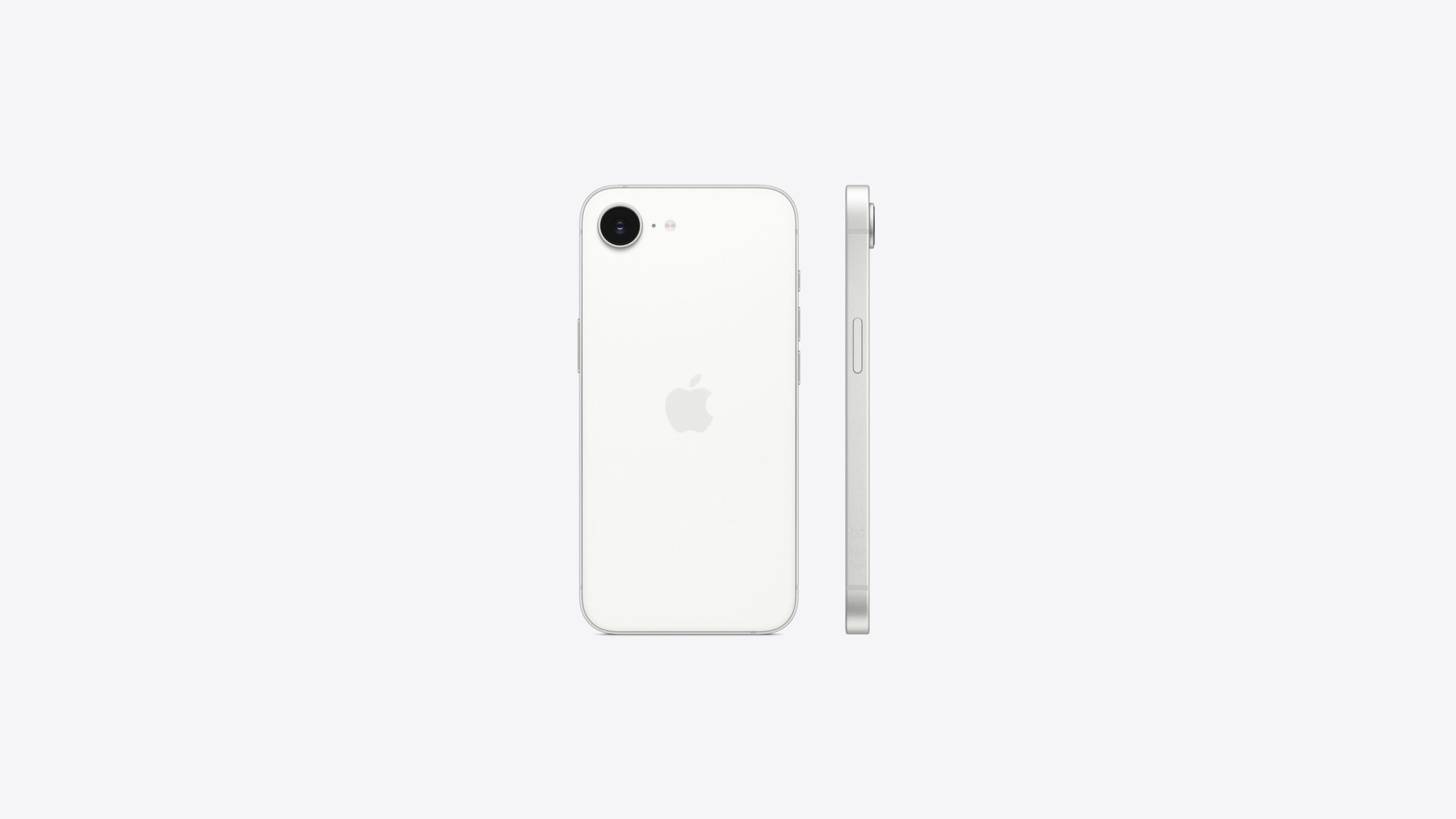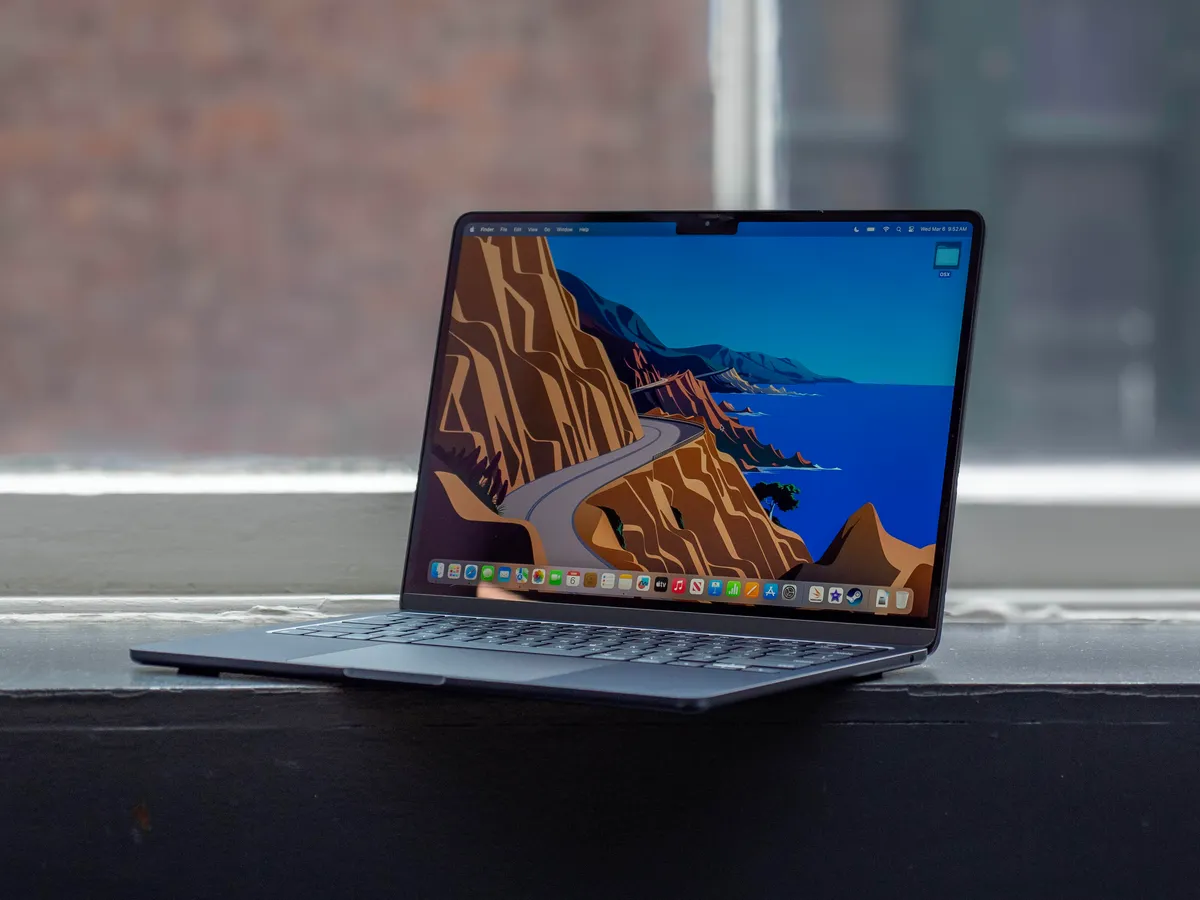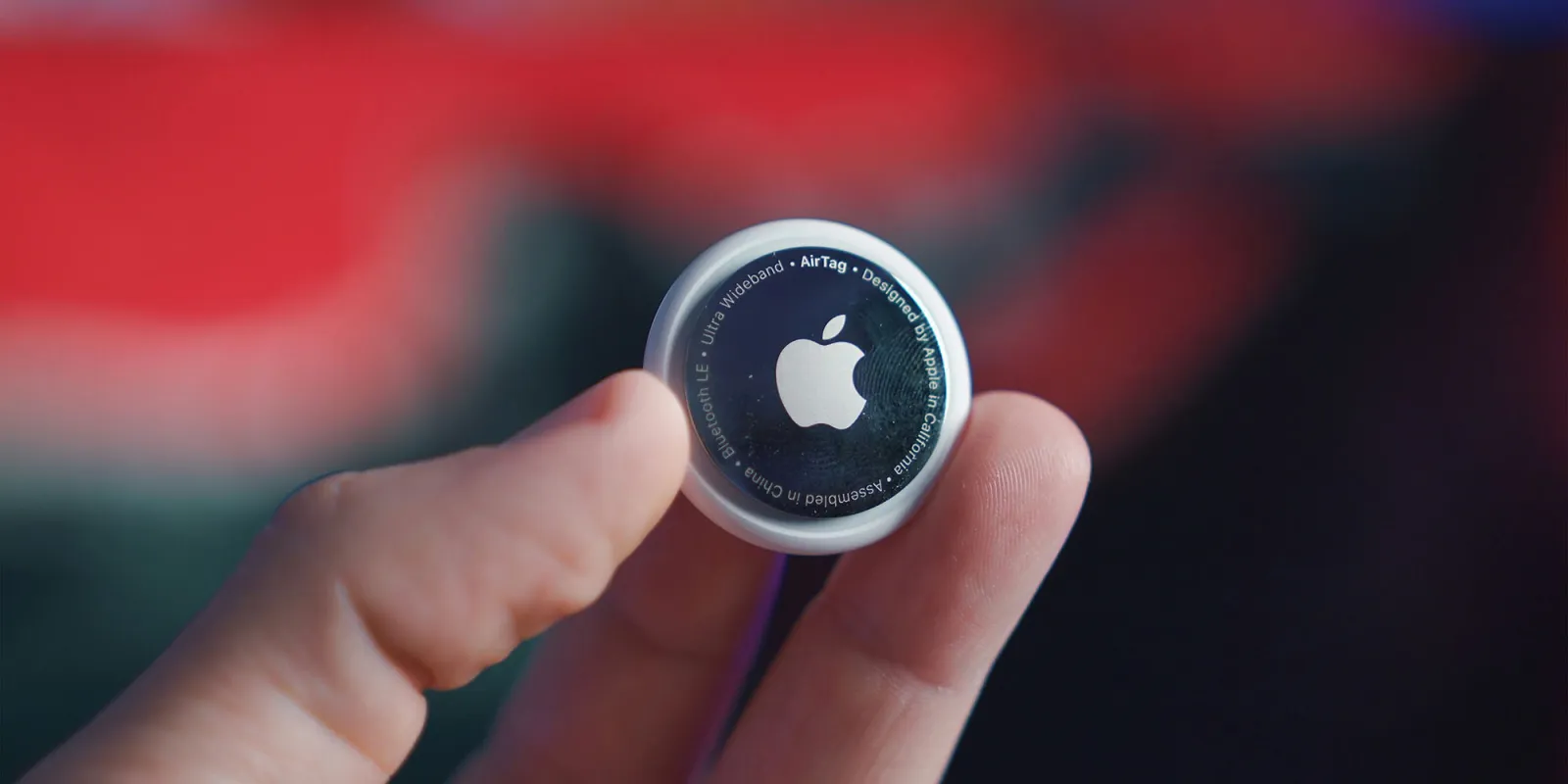Apple’s next iPhone 17 Pro models might come with a fresh look, and a leaked photo from what seems to be a factory line backs up one of the biggest rumored updates. The iPhone 17 Pro and iPhone 17 Pro Max are said to switch to a horizontal camera strip, similar to what Google uses on its Pixel phones. This strip would stretch across the back, holding three cameras in a triangle shape on the left, plus the flash, microphone, and LiDAR sensor on the right. Why Apple might go this way or what the extra space is for isn’t clear yet, but it keeps popping up in leaks.
A picture shared on X by a leaker named Majin Bu shows metal parts—possibly aluminum or titanium—for the iPhone 17 Pro Max. These pieces, likely shaped by precise machines, match the rumored design. The big round holes in them could be for things like the MagSafe charger or battery inside. The parts look neatly stacked and freshly made, ready for the next step.
Word is that Apple might drop titanium frames from past models like the iPhone 15 Pro and 16 Pro and use aluminum instead. They could mix aluminum with glass for a tougher build. The glass part would keep wireless charging alive, while aluminum might make the phone less likely to break.
There’s talk of a glass patch around the Apple logo, blended into a metal body. Those holes in the leak might tie into this—or maybe even a new feature like reverse wireless charging. Tests suggest the iPhone 17 Pro could send 7.5W of power wirelessly to gadgets like AirPods or an Apple Watch, a step up from the 4.5W it can do now via cable.
The iPhone 17 Pro Max might also get a bit thicker—8.725mm compared to 8.25mm on the iPhone 16 Pro Max—possibly to fit a larger battery. The new camera style could also appear on the iPhone 17 Air, a slim model replacing the Plus version, though it’ll have just one lens. The regular iPhone 17, however, should stick to the current camera setup from the iPhone 16. Apple’s big reveal is expected next September. What do you think of these changes? Share your thoughts below!
iPhone 17 Pro Max is ready pic.twitter.com/jFb9L4b1BH
— Majin Bu (@MajinBuOfficial) March 12, 2025

